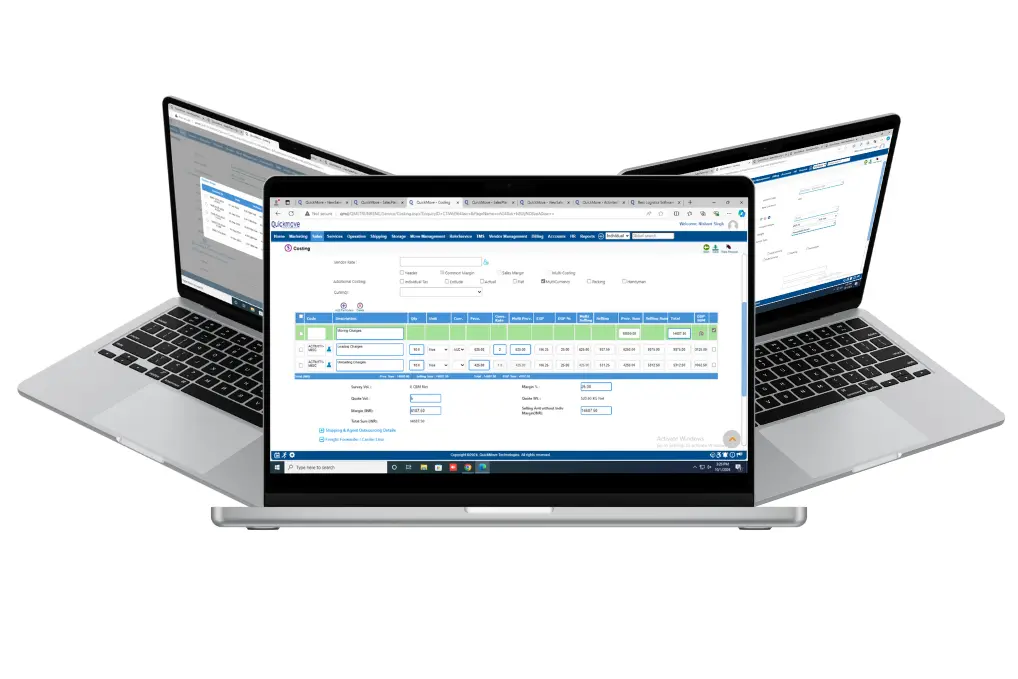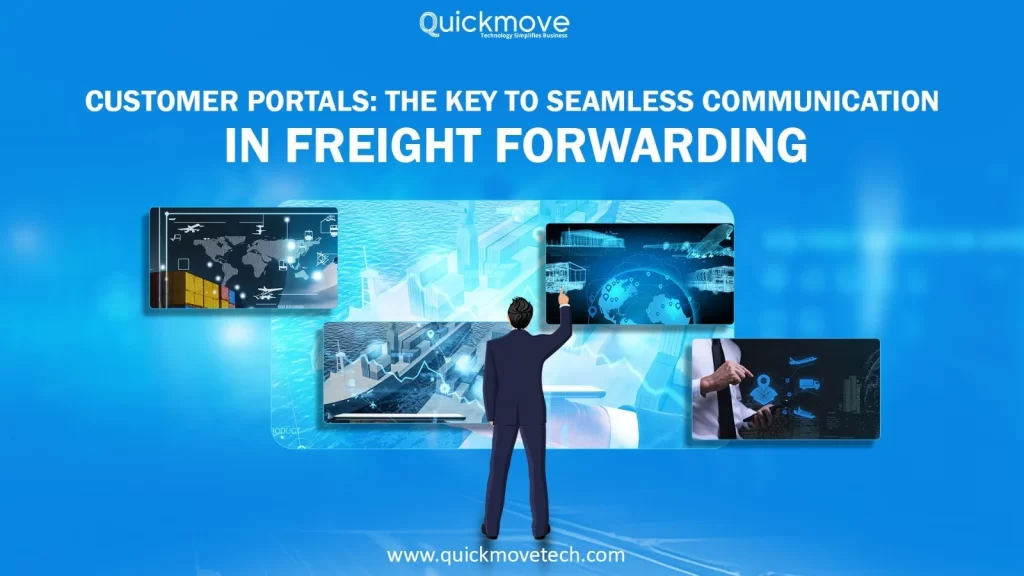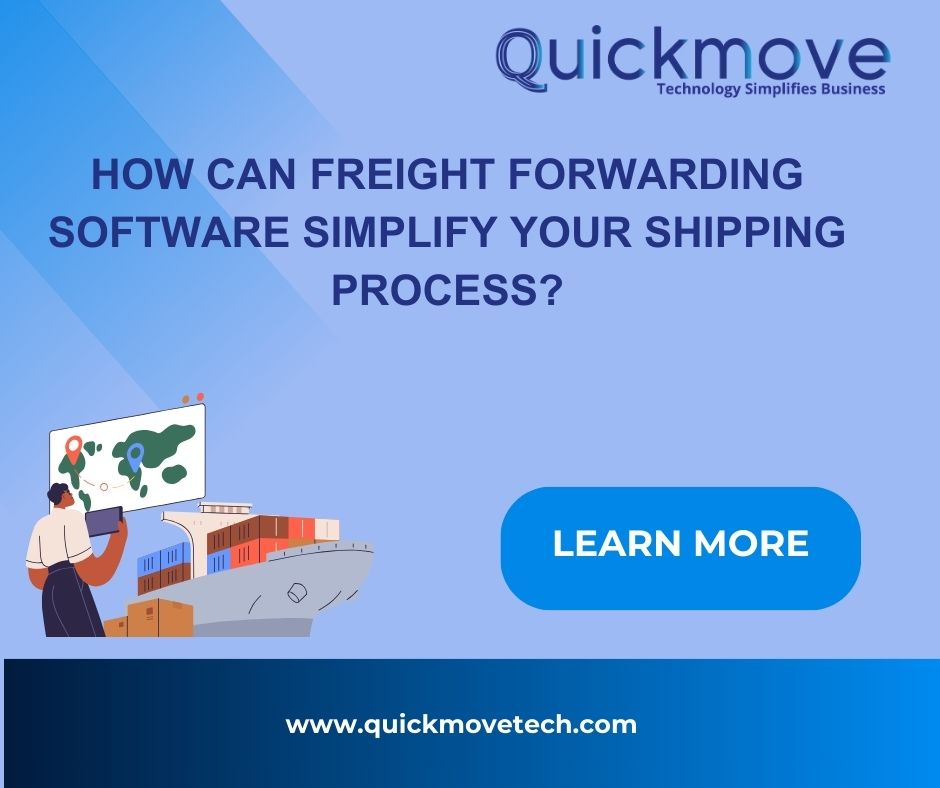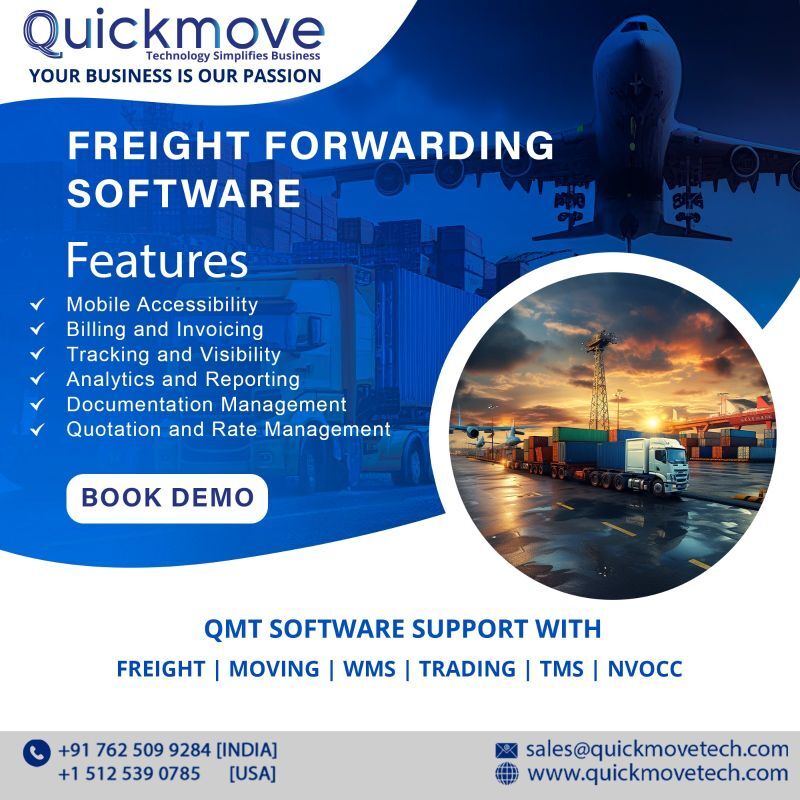Suppose you’re a customer who wants to ship goods globally. You must be dealing with a lot: tight deadlines, budget constraints, and the fear of whether your freight will reach you on time and in one piece. Historically, receiving updates involved incessant phone calls and emails, hoping someone will call you back. It was annoying and time-wasting.
This is where a customer portal steps in – it’s such a special online window just for your clients. For freight forwarders, it is no longer a nice-to-have; it is becoming a must-have tool in order to establish trust and retain customers. Let us find out how such portals can revolutionize your business and increase customer loyalty.
Why Customer Portals Are a Game-Changer for Freight Forwarders
In the busy global freight business, accuracy and openness are essential. A customer portal, commonly included in current freight forwarding computer programs, provides a simple and straightforward method for your customers to find all they require, whenever the time is right.
Consider it this way: your customer desires control and speedy answers. A portal provides them with just that. It relocates the burden of continued updates from your staff to an automated system so that your staff can devote more energy to complicated work and proactive problem-solving. Not only does this make your freight forwarding business more effective, but it really enhances the customer experience.
How Customer Portals Build Loyalty
Here’s how a great customer portal can turn one-time clients into loyal partners:
- Instant Tracking and Visibility: This is perhaps the biggest win. Customers no longer have to call you for updates on their shipment. They can simply log into the portal and see exactly where their goods are, 24/7.
- Real-world illustration: Let’s say a customer is shipping valuable electronics. With a portal, they can observe their goods are loaded onto a ship in Shanghai, watch it transit the Pacific, and know when it clears customs in Los Angeles. This constant visibility eliminates fear and creates tremendous confidence. It indicates you have nothing to hide.
- Easy Access to Documents: Forget searching through emails for paperwork. Portals can store all essential documents like quotes, booking confirmations, bills of lading, customs declarations, and invoices in one secure place.
- Real-world example: An import manager who is very busy requires a specific customs document urgently for an audit. Rather than having to wait for your team to send it via email, they log into the portal and download it instantly, and their issue is resolved straight away. This sort of self-service is extremely convenient and makes your service non-replaceable.
- Streamlined Quoting and Booking: Certain evolved portals enable the customer to ask for a quote or even book directly. This accelerates the first stages of the freight operation and makes your service more convenient.
- Real-world example: A customer is looking for a rapid quote on a new lane. Rather than sending details via email and waiting for someone to come back, they enter the data in the portal and receive an immediate estimate. If it suits them, they can even go as far as booking, all in a matter of minutes. This is what differentiates you from competitors working with old methods.
- Centralized Communication: Although self-service is wonderful, customers occasionally have to pose certain questions. Portals can feature built-in chat options or message systems, with all related communication for a shipment existing in one conversation string, within easy reach of both parties.
- Real-life example: A customer experiences a subtle lag on the tracking and has a question. They send a message via the portal. Your team reads the message in real-time, along with all the shipment information, and respond quickly and intelligently, without email tag-backs.
- Personalized Experience: A well-designed portal can remember customer preferences, past shipments, and even offer tailored services or rates based on their history. This makes the experience feel more personalized and less like a generic transaction.
- Real-life scenario: A repeat customer logs in and notices that their preferred shipping lanes and special handling requests are pre-populated when they initiate a new reservation, providing them with a head start on time and effort. This little gesture indicates that you care about their requirements.
- Data and Reporting: For some bigger clients, portals can provide rich reports of their shipping activity, spend, and performance metrics. The degree of transparency is worth its weight in gold for their own freight management and planning.
- Real-world scenario: An manufacturing firm wishes to examine their shipping expenses during the previous quarter. By using your portal, they can run specialized reports breaking down the expense by route, volume, or product category, and more intelligent business decisions will be made.
Making Your Portal a Success
In order to really harness a customer portal for loyalty, it must be:
- User-friendly: Easy to use, intuitive, and straightforward, even for non-technical people.
- Reliable: Always present and giving current, accurate information.
- Secure: Safeguarding sensitive customer and shipment information.
- Integrated: Smoothly integrated with your in-house freight forwarding software and systems.
Conclusion
An effective customer portal is not merely an amenity; it’s a business asset for forwarders. It heightens the customer experience through transparency, efficiency, and control. By streamlining your customers’ lives and providing them with immediate access to important information regarding their freight operation, you reinforce trust, deepen relationships, and ultimately win their long-term loyalty within the competitive landscape of global freight businesses.




